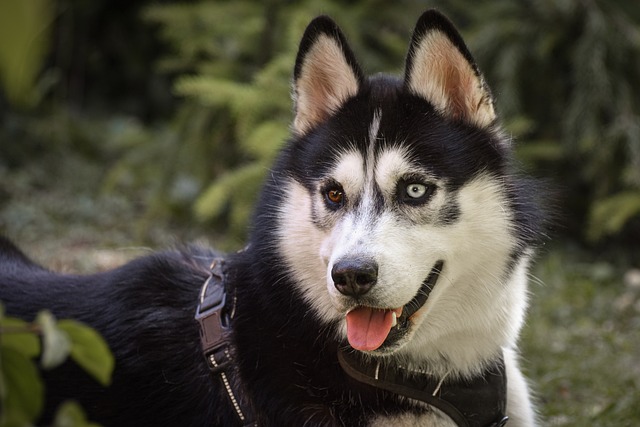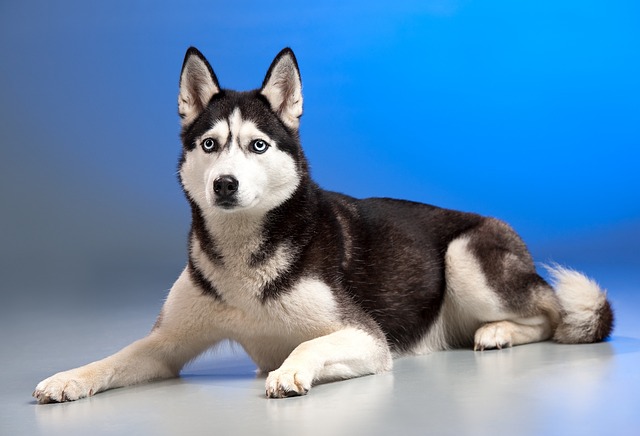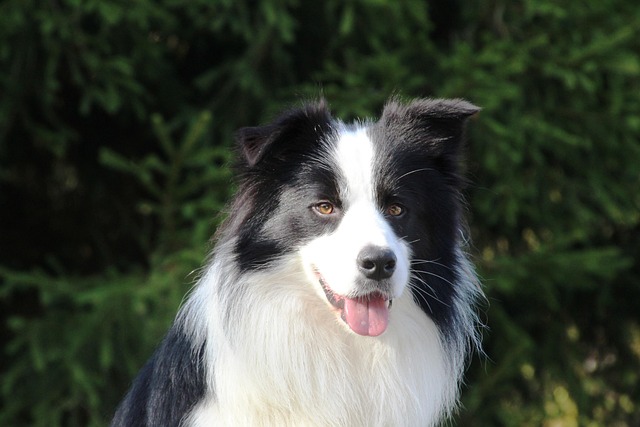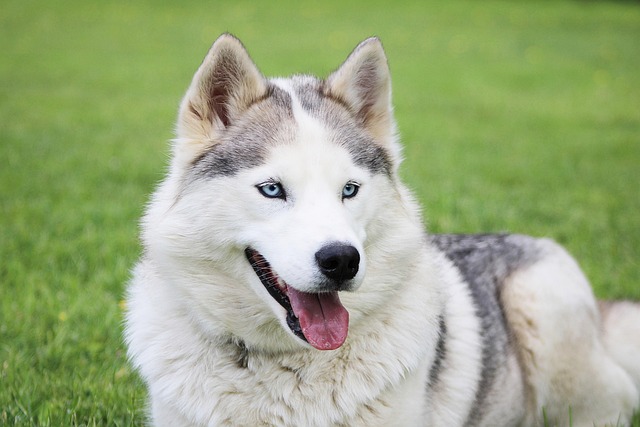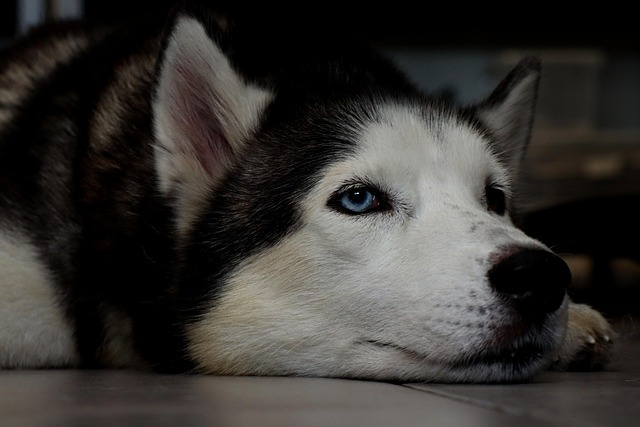Dogs thrive on routine, and teaching them to relieve themselves in a specific area starts with understanding their natural instincts. Puppies, especially, need frequent trips outside—after meals, naps, and playtime—but directing that behavior to a single spot requires consistency. Start by choosing a location that’s easily accessible, away from their food and water bowls (canines prefer keeping eating and elimination areas separate), and sheltered from harsh weather if possible. If you’re in an apartment, a corner of the balcony with puppy pads or artificial grass works; for houses, a patch in the yard with a distinct texture, like gravel or mulch, helps them recognize the spot.
Timing is key to reinforcing the behavior. Take your dog to the designated spot first thing in the morning, as soon as they wake up from a nap, and about 15-20 minutes after eating. Stay with them, avoid distractions, and use a simple cue like “go potty” in a calm tone. When they start to relieve themselves, stay quiet—interrupting can make them stop mid-stream. Once they finish, immediately offer enthusiastic praise, a small treat, or a short play session. Positive reinforcement helps them link the action to a reward, making them more likely to repeat it.
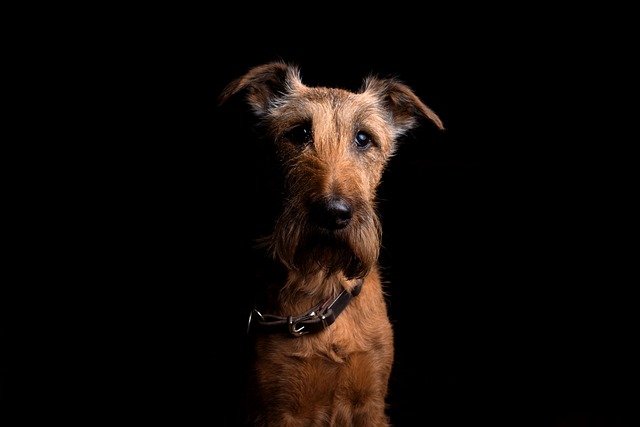 Accidents will happen, especially with young puppies or newly adopted dogs, but how you handle them matters. Never scold or punish your dog after the fact—they won’t connect the discipline to the earlier mistake, which can cause anxiety around potty time. If you catch them in the act, calmly redirect them to the designated spot. Clean up accidents thoroughly with an enzymatic cleaner to eliminate odors; leftover smells can encourage them to go in the same place again. Consistency in your reaction helps build trust and keeps the training process positive.
Accidents will happen, especially with young puppies or newly adopted dogs, but how you handle them matters. Never scold or punish your dog after the fact—they won’t connect the discipline to the earlier mistake, which can cause anxiety around potty time. If you catch them in the act, calmly redirect them to the designated spot. Clean up accidents thoroughly with an enzymatic cleaner to eliminate odors; leftover smells can encourage them to go in the same place again. Consistency in your reaction helps build trust and keeps the training process positive.
As your dog gets older, gradually extend the time between potty breaks to reinforce their ability to hold it until they reach the spot. For example, if you’ve been taking them out every hour, try 90 minutes, then two hours, as they show control. This also aligns with legal considerations in many European and American regions, where leaving dogs unattended for excessive periods can violate animal welfare laws. Always check local regulations—some areas require dogs to be leashed in public, even in your yard, or have strict rules about cleaning up after them to maintain community hygiene.
By the end of the training process, your dog should reliably head to their spot when they need to go. Remember, every dog learns at their own pace—small breeds might need more frequent breaks, while older dogs may have different rhythms. Stay patient, keep the routine consistent, and celebrate small wins. A well-trained dog not only makes life easier but also strengthens the bond between you, built on trust and mutual understanding.
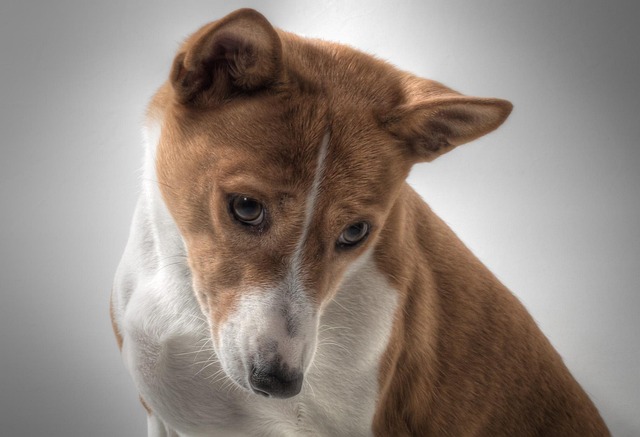
 Accidents will happen, especially with young puppies or newly adopted dogs, but how you handle them matters. Never scold or punish your dog after the fact—they won’t connect the discipline to the earlier mistake, which can cause anxiety around potty time. If you catch them in the act, calmly redirect them to the designated spot. Clean up accidents thoroughly with an enzymatic cleaner to eliminate odors; leftover smells can encourage them to go in the same place again. Consistency in your reaction helps build trust and keeps the training process positive.
Accidents will happen, especially with young puppies or newly adopted dogs, but how you handle them matters. Never scold or punish your dog after the fact—they won’t connect the discipline to the earlier mistake, which can cause anxiety around potty time. If you catch them in the act, calmly redirect them to the designated spot. Clean up accidents thoroughly with an enzymatic cleaner to eliminate odors; leftover smells can encourage them to go in the same place again. Consistency in your reaction helps build trust and keeps the training process positive.